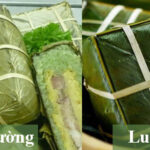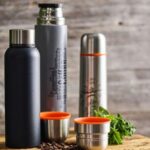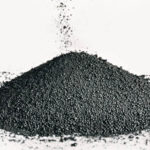After changing my bowls 5 times, I realized that when buying bowls, it’s best to follow this “4 Don’t Buy” rule. If you have any of these 4 types of bowls at home, it’s best to throw them out even if they are still usable. It’s not superstition, but there are valid reasons for this.
1. Avoid buying low-quality stainless steel bowls
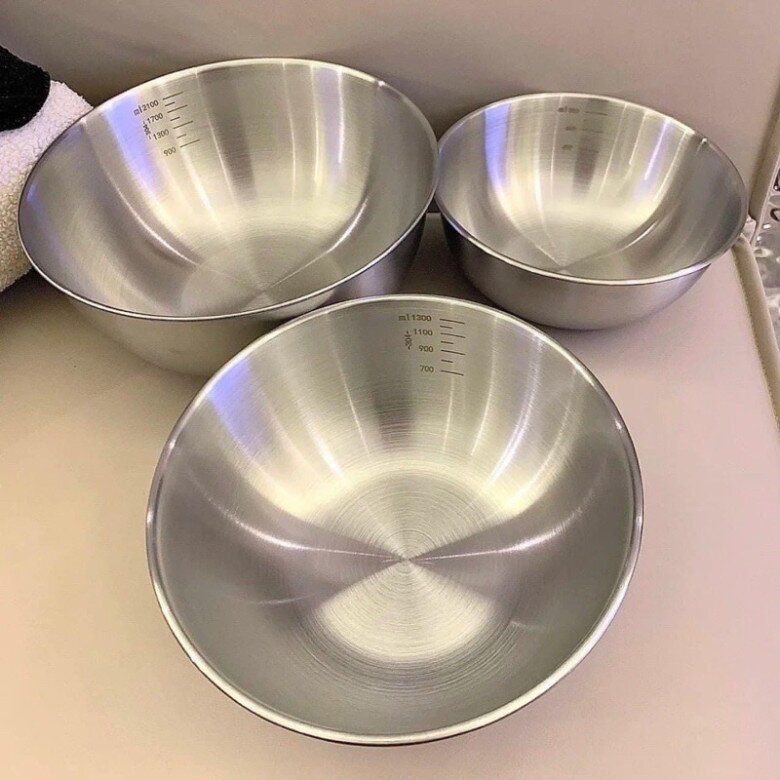
Stainless steel bowls are durable, don’t rust or break, and are easy to clean. These characteristics make them a popular choice for many households.
However, some people may be tempted to buy cheap stainless steel bowls from street vendors to save money. While the price is attractive, the low-quality steel often contains harmful heavy metals. Prolonged use of these bowls can have detrimental effects on your health.
When purchasing stainless steel bowls, opt for those made with 304 stainless steel, which meets health and safety standards. Identification is simple, as the bowl will usually have a “304” mark that is easily visible.
2. Avoid buying bowls with raised enamel
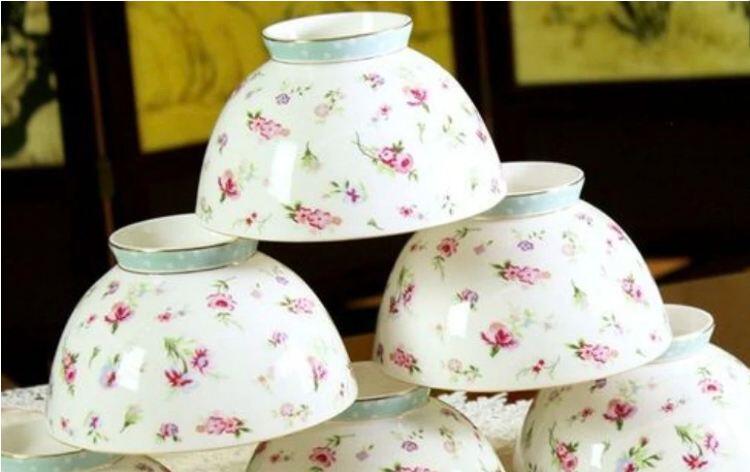
Bowls with intricate patterns and designs may be aesthetically pleasing, but it’s important to avoid those with raised enamel. There are two types of enamel glazing techniques: over-glazed enamel, which is painted on the surface of the ceramic, and under-glazed enamel, where the patterns are embedded beneath the glaze.
Raised enamel can pose health risks as the colors can easily rub off onto food, especially when subjected to friction or high temperatures. Some manufacturers may also use cheap chemical colors containing relatively high levels of heavy metals such as lead, mercury, and cadmium. Consuming food contaminated with these heavy metals can lead to weight loss, nausea, abdominal pain, high blood pressure, and long-term kidney and brain disorders.
Therefore, when buying bowls, it’s best to avoid those with excessive colors. If you can feel a distinct roughness when running your hand over the surface, it indicates raised enamel, and it’s best not to purchase such bowls. If you can’t differentiate between sunken and raised enamel, it’s safer to opt for plain white bowls.
A handy tip when buying enameled bowls is to gently tap the rim with your finger. A crisp, clear sound indicates high-temperature-fired porcelain, while a dull sound suggests lower-temperature porcelain. The former has stronger hardness, more delicate colors, and a smoother finish.
3. Steer clear of plastic bowls
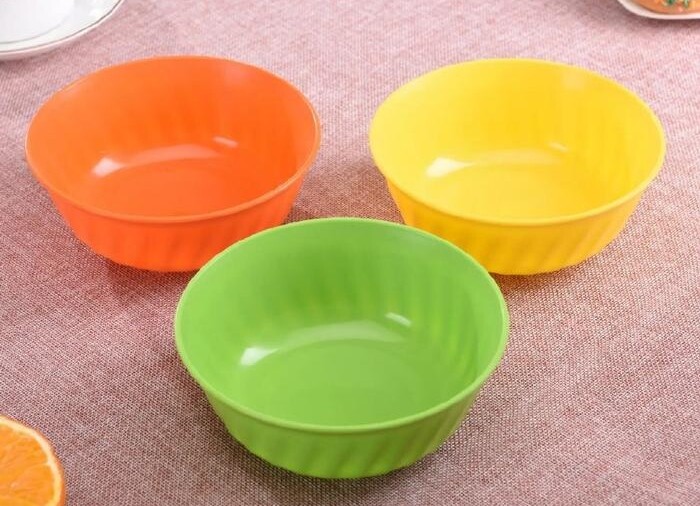
Plastic bowls are inexpensive and difficult to break, but they pose health risks. Typically made from materials like PVC, polypropylene, or polyethylene, plastic bowls can release harmful substances such as benzene, formaldehyde, and xylene when exposed to heat.
These toxic substances can contaminate our food and beverages, leading to potential health issues. Additionally, it’s crucial not to use plastic bowls for hot or acidic foods. While plastic bowls can be used for fruits or salads, they should never come into contact with hot food, as they have poor heat resistance and can release harmful substances when heated.
Furthermore, plastic bowls have poor acid resistance. Using them to hold acidic foods like lemon water or vinegar can also be detrimental.
4. Avoid bowls with poor insulation
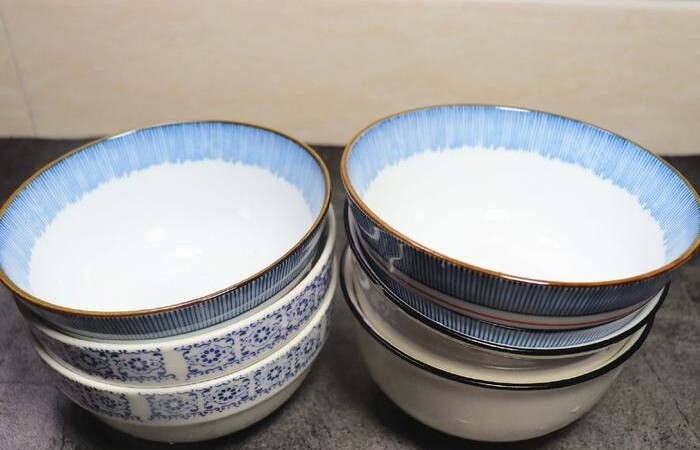
Bowls are used for holding rice, soup, and other hot dishes, so it’s essential to consider their insulation and burn-proof properties.
Poor insulation can lead to difficulties in handling the bowl and may even cause burns or accidental drops. This issue often arises due to insufficient insulating material used during production or poor craftsmanship.
To choose a bowl with good insulation and burn-proof properties, look for those with an insulating ring at the bottom. Without this feature, the entire base of the bowl will conduct heat, making it challenging to hold when filled with hot food or soup.
Don’t Throw ‘This’ in the Trash to Avoid Danger to Your Family
Introducing a Hazardous Habit: Why Throwing Away Batteries is a Dangerous Practice
It’s time to break free from a harmful habit. Many of us are guilty of tossing used-up batteries into the trash without a second thought. But this seemingly innocent action hides a dark secret – it’s a dangerous practice that can lead to unforeseen consequences. It’s time to uncover the truth and understand why throwing away batteries is a hazardous habit that needs to be kicked to the curb.
Deadly Mistake: Using a Thermos Flask for Storing Juice, Creating a Toxic Time Bomb
Introducing the versatile and indispensable companion for all your beverage needs – the vacuum insulated water bottle. But can you put juice in a thermos? Absolutely! With its superior insulation capabilities, your thermos is not just limited to carrying water. It is the perfect vessel for keeping your favorite juices chilled and refreshing, no matter where your day takes you. Whether you’re off to the gym, the office, or simply running errands, your thermos ensures that every sip of juice is just as delicious and invigorating as if it were freshly squeezed. So go ahead, indulge in the convenience and versatility of your thermos, knowing that it’s not just a water bottle, but a versatile accessory that elevates your on-the-go beverage experience.
What is Lead in Cosmetics? Understanding the Dangers of Lead in Beauty Products.
“Lead in cosmetics is a concerning issue for many women. Let’s delve into the world of cosmetics and uncover the hidden dangers of lead. We will explore the implications and provide an insightful look at the potential hazards of lead-containing makeup products. Stay tuned as we unravel the mysteries and empower you with knowledge.”

























